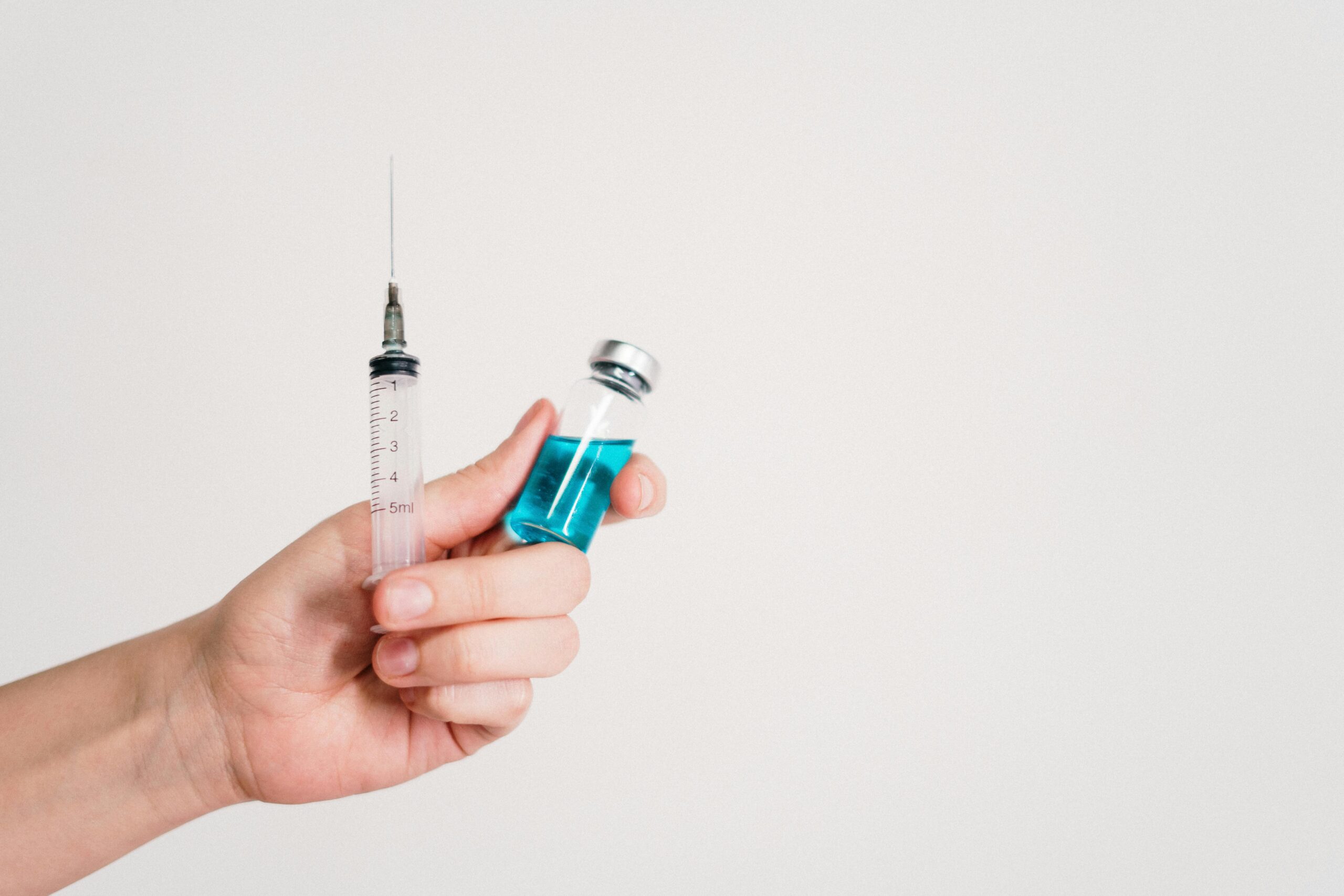Most people associate steroids with muscle building or serious medical treatments. But for those of us navigating Central Serous Retinopathy (CSR), steroids are something very different: a hidden trigger that could be sabotaging our recovery.
What makes this especially tricky is that many steroid exposures happen without you realizing it.
Let’s unpack why steroids can cause CSR—and where they might be sneaking into your routine.
Why Do Steroids Cause CSR?
CSR is driven by elevated cortisol, your body’s primary stress hormone. Steroids—specifically glucocorticoids like prednisone or dexamethasone—mimic cortisol.
They can:
- Increase vascular permeability in the retina
- Disrupt the retinal pigment epithelium (RPE), which controls fluid balance
- Lead to accumulation of subretinal fluid, triggering a flare-up
In short, steroids amplify the exact conditions that cause CSR—even if they’re prescribed for unrelated issues.
Common Sources of Steroid Exposure
Here’s where it gets sneaky: steroids aren’t just in pills or injections. They hide in common medications and products that many doctors overlook when treating CSR patients.
1. Nasal Sprays
- Flonase (fluticasone)
- Nasonex
- Rhinocort
Used regularly for allergies? That’s a direct steroid pathway to your bloodstream.
2. Topical Creams
- Hydrocortisone for skin rashes
- Prescription-strength eczema creams
- Anti-itch ointments
Even small, local applications can contribute systemically over time.
3. Injections
- Cortisone shots for joint pain
- Epidurals
- Cosmetic steroid injections for inflammation
These can deliver a strong cortisol surge, sometimes triggering CSR within days.
4. Oral Medications
- Prednisone
- Medrol Dosepak
- Other corticosteroids for autoimmune conditions
If you’ve taken these in the past few months, they could have played a role in a CSR episode—even long after the dose.
What You Can Do
1. Review Every Medication with Your Doctor
Ask:
“Does this contain any form of corticosteroid or glucocorticoid?”
Even if it’s “just a spray” or “just a cream,” it matters.
2. Alert Every Specialist You See
Many dermatologists, allergists, and pain management specialists are unaware of the CSR-steroid connection. Bring it up before accepting treatments.
3. Look for Non-Steroidal Alternatives
- Use saline rinses or antihistamines for allergies
- Choose calendula or non-steroid creams for skin
- Explore physical therapy or regenerative treatments instead of joint injections
4. Create a “No Steroids” Rule in Your Medical Record
Ask your primary care physician to flag your file as steroid-sensitive due to CSR. This can prevent accidental prescriptions in the future.
What If You Need Steroids?
Sometimes steroids are unavoidable—especially for autoimmune diseases, asthma, or emergency inflammation.
In those cases:
- Work with your retinal specialist in advance
- Get an OCT scan baseline before starting treatment
- Monitor for any vision changes daily
- Consider oral medications like eplerenone alongside to reduce retinal stress
Bottom Line:
Steroids are one of the most preventable triggers of CSR—but only if you know where they’re hiding. The medical system doesn’t always connect the dots, so you have to advocate for yourself. A single overlooked nasal spray or cream could undo weeks of progress.
CSR recovery starts in the retina—but prevention starts in your medicine cabinet.



